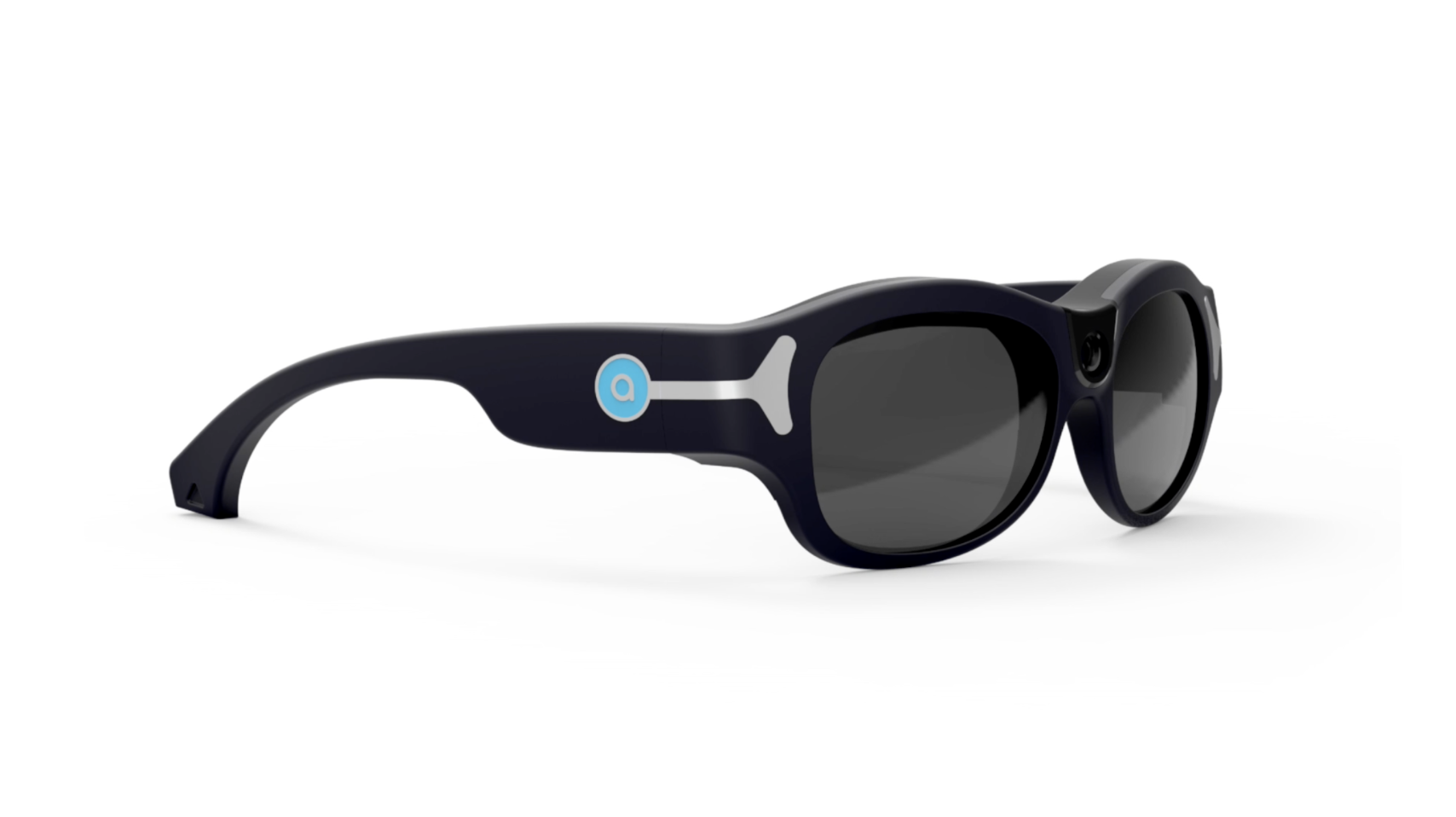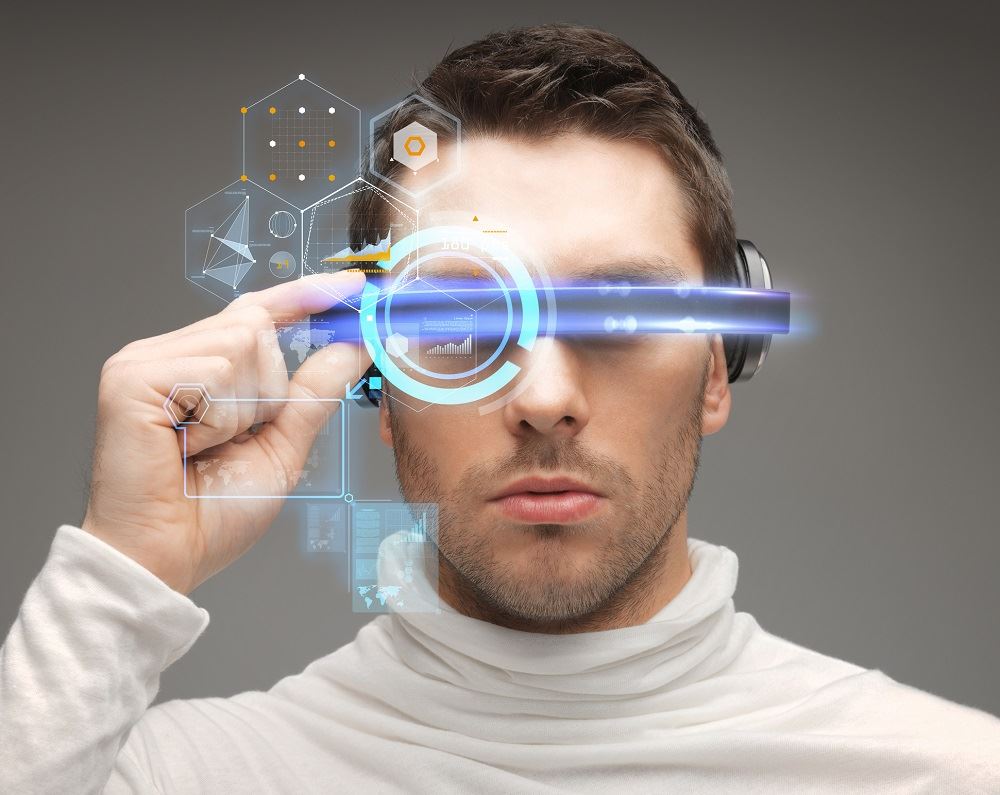Discover Advanced Assistive Devices for People With Visual Impairments
The landscape of assistive modern technology for people with visual problems is progressing rapidly, offering a variety of innovative gadgets that improve autonomy and interaction (Braille displays and notetakers). From clever glasses that flawlessly combine aesthetic input with acoustic advice to sophisticated navigation applications that redefine spatial understanding, these tools are improving possibilities. The newest developments in Braille modern technology and voice-activated systems substantially contribute to availability. The ramifications of these advancements extend far beyond simple performance; they challenge standard assumptions of handicap and self-reliance. What might this suggest for the future of incorporation and support?
Smart Glasses Innovations
Smart glasses stand for a considerable improvement in assistive technology for people with visual problems. These ingenious devices integrate different features designed to enhance the customer's interaction with their setting. Furnished with sensing units and cameras, wise glasses can record real-time visual information, which is then refined and shared to the user via sound comments or haptic experiences. This functionality enables individuals to get instant summaries of their surroundings, boosting their ability to navigate and engage with the globe.
In addition, developments in expert system have actually additionally improved the abilities of clever glasses. Maker understanding algorithms can recognize faces, checked out message, and recognize items, making them vital devices for day-to-day tasks. Individuals can get acoustic hints that give context regarding their setting, promoting freedom and confidence.
Furthermore, the ergonomic style and light-weight nature of numerous smart glasses make them appropriate for extended use, making certain convenience while enhancing functionality. As these gadgets remain to develop, they hold the potential to transform the means individuals with aesthetic impairments experience their lives, linking the gap in between availability and technology. The ongoing r & d in this field guarantee to expand the opportunities for smart glasses, making them a crucial element of contemporary assistive devices.
Navigation Application and Devices
Various navigation applications and tools have become essential resources for people with aesthetic disabilities, dramatically boosting their ability to traverse strange atmospheres. These modern technologies take advantage of GPS performance, audio hints, and real-time information to provide users with specific navigation help.
One famous instance is the Aira application, which links individuals to qualified agents that can give aesthetic descriptions of surroundings and navigating support through a real-time video feed. This service boosts the user's spatial recognition and confidence while browsing. One more noteworthy device is Seeing Eye GPS, which uses voice-guided navigating and sights, making it possible for individuals to access crucial information regarding their surroundings.

As innovation continues to advance, the growth of much more sophisticated navigating tools guarantees to additional encourage individuals with aesthetic impairments, assisting in smooth mobility and combination right into diverse environments. Such technologies are instrumental in advertising a more inclusive society.
Braille Innovation Innovations
In recent times, advancements in Braille innovation have significantly changed exactly how individuals with visual impairments accessibility info and engage with the world around them. The advancement of mobile Braille screens has actually changed reading by permitting individuals to attach wirelessly to tablet computers, computers, and mobile phones. These devices convert message into Braille in real-time, making it possible for smooth interaction with electronic material.
Additionally, innovative Braille printers have actually emerged, boosting the production of responsive materials. Modern embossers are quicker and extra reliable, permitting the quick production of Braille papers and academic products. This performance decreases the moment and price related to producing Braille sources, making them much more obtainable to institutions and companies.
In addition, eye doctor or optometrist the combination of Braille with various other technologies, such as fabricated knowledge and equipment understanding, has actually opened new avenues for personalized understanding experiences. Voice acknowledgment and synthesis modern technologies can enhance Braille, offering an inclusive strategy to info dissemination.
As the demand for comprehensive education and learning and office settings expands, these technological innovations play an important role in equipping people with visual problems, guaranteeing they have equal accessibility to information and opportunities in various aspects of life.
Wearable Tools for Self-reliance
An expanding variety of wearable devices is improving independence for people with aesthetic disabilities, providing innovative options that boost navigating and everyday living. Braille displays and notetakers. These tools use sophisticated technologies to provide real-time feedback and assistance, advertising autonomy in different atmospheres

Wearable modern technology likewise includes smartwatches that can be configured with access functions, making it possible for users to get alerts, track their places, and even call for support with the touch of a button. Some gadgets incorporate man-made knowledge to assess the environment, offering sound summaries of nearby things or individuals.
Voice-Activated Assistive Solutions
Leveraging voice-activated assistive services has changed the landscape of support for people with aesthetic problems, giving hands-free interaction and access to a selection of tasks. These technologies use natural language processing and man-made intelligence to enable individuals to do daily tasks with straightforward voice commands.

Additionally, current innovations in voice recognition precision have boosted the user experience significantly, fitting diverse accents and speech patterns. This inclusivity makes certain that even more individuals can gain from these modern technologies, promoting a higher sense of freedom.
Conclusion
To conclude, the development of sophisticated assistive devices significantly boosts the independence and top quality of life for individuals with aesthetic disabilities. Developments such as smart glasses, navigating applications, Braille innovation, wearable devices, and voice-activated options jointly promote an even more inclusive environment. These technologies encourage individuals to navigate their environments with self-confidence and engage even more totally with the world, eventually advertising higher accessibility and equivalent possibilities for individuals dealing with aesthetic challenges.
The landscape of assistive technology for people with aesthetic problems is advancing swiftly, presenting a range of innovative devices that improve autonomy and interaction.Smart glasses stand for a significant improvement in assistive modern technology for people with visual problems. As these devices continue to evolve, they hold the prospective to reinvent the way people with aesthetic disabilities experience their daily lives, linking the void in between accessibility and innovation.In recent years, advancements in Braille modern technology have actually dramatically changed just how people with aesthetic impairments gain access to info and engage with the world around them. These innovations equip users to navigate their environments with confidence and engage more completely with the globe, inevitably promoting better access and equal possibilities for individuals facing visual obstacles.